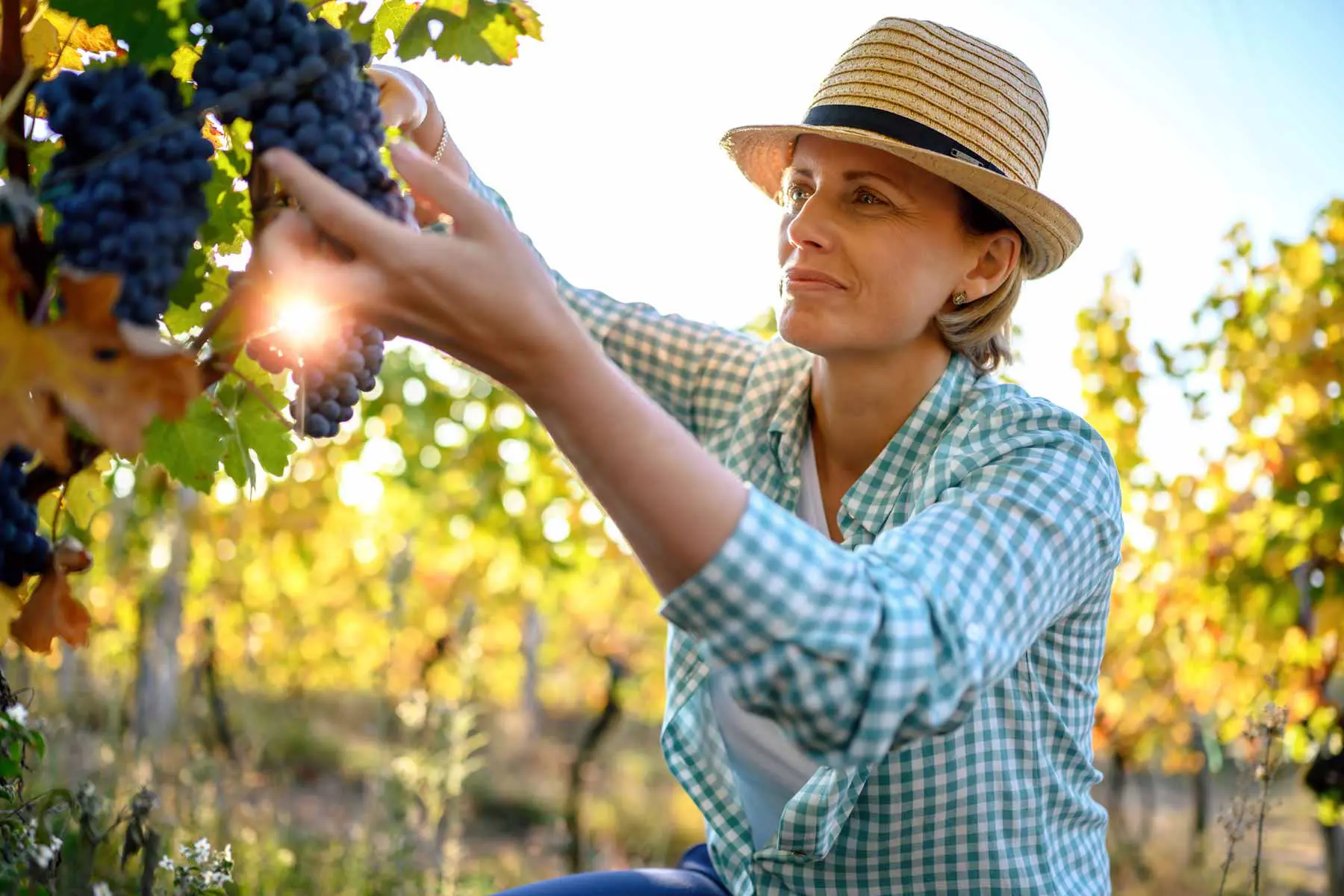WINE CORK:
We always say that WAYANA's proudest service is that we serve all our wines by the glass. Could there be anything more exciting than the discovery of wine lovers in pursuit of new flavors to taste new wines without having to buy a bottle? Our wine house in Istanbul Kadıköy has a pioneering identity that serves all the wines on the wine menu by glass.
You probably know that there is an important technological tool behind the way we serve wine by the glass. Thanks to this tool, which is called Coravin, we can take wine in the size of a glass without removing the cork from wine bottles. But there is an indispensable condition for Coravin to be able to do this job: the mouth of the wine bottle must be closed with a stopper made from the bark of a special oak tree, which we call natural cork. If the stopper does not have this feature, the wine in the bottle cannot be preserved. From where? Because these mushrooms are miracles of nature; they close the bottle tightly enough to insulate air and are flexible at the same time; They let Coravin's needle go through them, and after removing the needle, they stretch the hole closed. Thus, the air insulation continues as if the hole never existed.

We have devoted this article to natural corks, which are the guardian angels of our wines. If you want, let's first look at why the mouth of the wine is closed tightly. The chemical name of the journey of grape juice (we call it must) to wine is fermentation. When the natural sugar contained in the grape juice is converted into alcohol by the wine yeast, the must becomes wine. But after this process is completed and the wine is put into the bottle, it should no longer come into contact with the air. We know that wine has thousands of years of history. Since our ancestors knew that contact with air would spoil the wine, they closed the mouth of the containers where they kept wine with various materials and provided air insulation.
The history of the use of natural cork in wine bottles is more recent. Starting from the 17th century, glass wine bottles began to be produced. It was noticed that after the wine is produced, if the bark of a special oak tree is used to close the mouth of the bottle, it is possible to remove it from the bottle and close it again. This is how wine and cork started the centuries-long relationship.

Portugal is the country with the largest area of these oaks bearing the name of “Quercus Suber”. The tree allows the bark to peel off and re-bark. But the tree must be at least 25 years old. The peeled shells can be processed into cork in the desired form with special production tools. The tree, whose bark is peeled off, is expected to re-bark for 9 years. After the ninth year, mushrooms can be obtained from the tree by harvesting the bark again.
When the use of cork in closing the mouth of the bottles came to the agenda, a tool was needed to remove this cork. Let's leave the story of the corkscrew for another article. We are waiting for those who pass by Istanbul to WAYANA Wine House in Kadıköy. Experience live examples of what we are talking about on the spot.

Katerina Monroe
@katerinam • More Posts by Katerina
Congratulations on the award, it's well deserved! You guys definitely know what you're doing. Looking forward to my next visit to the winery!





















